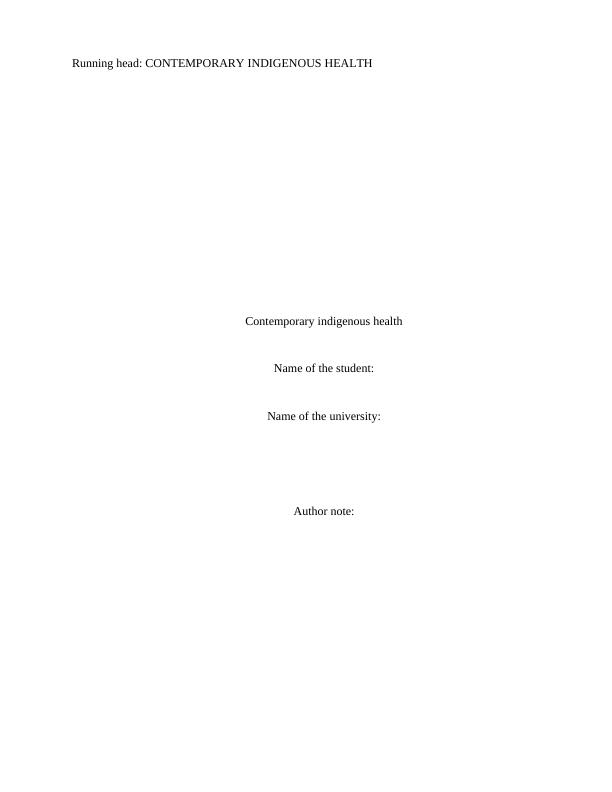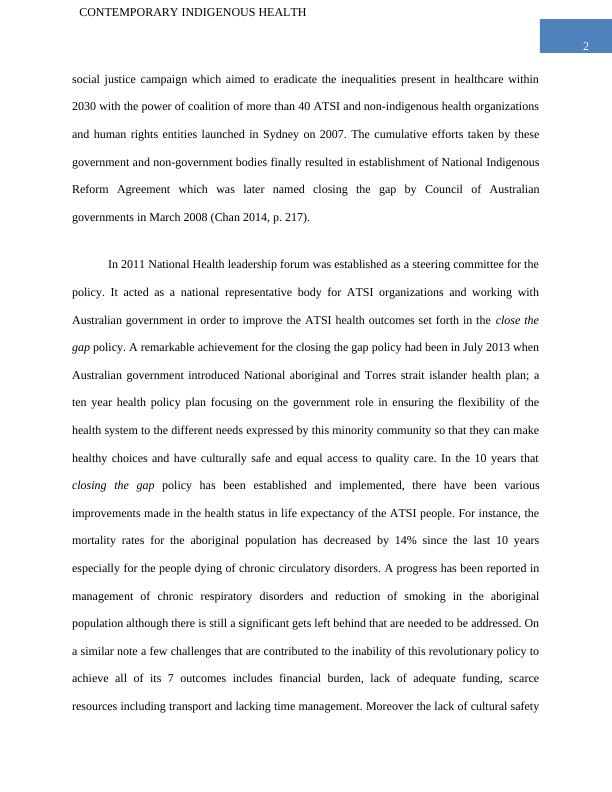Contemporary Indigenous Health: Evaluating the Closing the Gap Policy and its Benefits for a Case Study on Type 2 Diabetes Management
Write an essay analyzing the history and impact of the 'Closing the Gap' policy on Judy's Diabetes and health outcomes.
9 Pages2363 Words434 Views
Added on 2023-06-10
About This Document
This article evaluates the Closing the Gap policy and its benefits for managing type 2 diabetes in Indigenous communities. It explores the history, challenges, and achievements of the policy, and provides a case study on the holistic diabetes management plan for a patient. The benefits of the policy, such as financial relief, remote care services, and culturally safe care, are also discussed.
Contemporary Indigenous Health: Evaluating the Closing the Gap Policy and its Benefits for a Case Study on Type 2 Diabetes Management
Write an essay analyzing the history and impact of the 'Closing the Gap' policy on Judy's Diabetes and health outcomes.
Added on 2023-06-10
ShareRelated Documents
End of preview
Want to access all the pages? Upload your documents or become a member.
Close the Gap Strategy and Government's Role in Bridging the Gap by 2030
|9
|2169
|96
Closing the Gap Policy & Its Impacts in Australia
|8
|2421
|292
ABORIGINES AND TORRES STRAIT ISLANDER ARTICLE 2022
|14
|3510
|41
Contemporary Indigenous Health and Well Being | Report
|8
|2270
|25
Close the Gap Policy in Australia: Challenges and Approaches
|9
|2037
|245
PUBH6000: Social, Behavioural and Cultural Factors in Public
|9
|2074
|26



